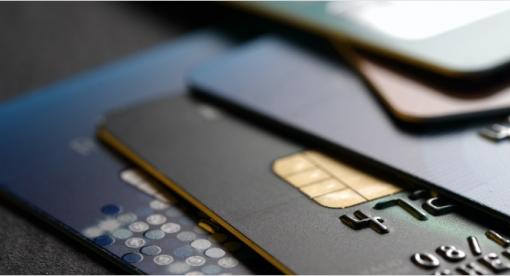
A credit bureau, also known as a credit reporting agency, collects credit information, turns it into a credit report and keeps track of your credit history.
There are three credit bureaus: Equifax, Experian and TransUnion. A credit scoring model assigns a number to your financial outlook. There are many models; the two best known are FICO Score® and VantageScore®.
Lenders use credit reports and credit scores to help them determine your creditworthiness, so you can better understand your own credit situation.
Even though both credit models use the same information, they weigh each factor differently, resulting in your credit score varying somewhat from one to the other.
At LGFCU, we use credit scores to determine the documentation needed during the loan application process.
That means all approved applicants get the same great rate! When members apply for a mortgage or other loan, LGFCU uses FICO® 8 to determine eligibility.









